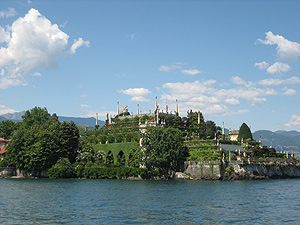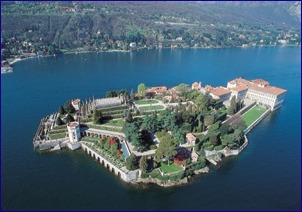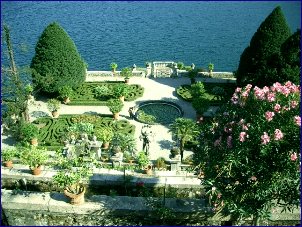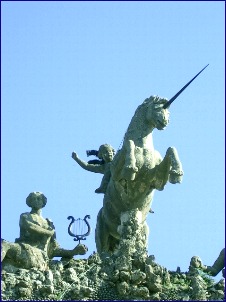A small rocky island in Lake Maggiore is wholly occupied by the Borromeo villa and its garden extravaganza. Soil was shipped in. Like a flower-strewn barge, the island now drifts amongst the snow-capped mountains of the lake. Following the baroque taste for placing a villa at the centre of a layout and allowing avenues to draw the scenery into a garden, Isola Bella employs the lake and mountains as garden features. Local legend relates that the ladies of Borromeo’s household asked the Count to build on the island so that they would not have to listen to prisoners screaming in the dungeons of his mainland castle. The stepped terraces remind one of painters’ interpretations of the Hanging Gardens of Babylon.
The Isola Bella was built from the 1632 by the Milano's family Borromeo, that still today is the owner.
![Image]()
![Image]()
![Image]()
![Image]()
![Image]()
![Image]()
![Image]()
![Image]()
![Image]()
![Image]()
![Image]()
The Isola Bella was built from the 1632 by the Milano's family Borromeo, that still today is the owner.









































